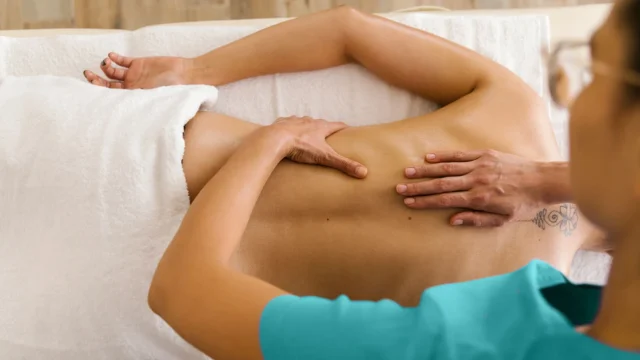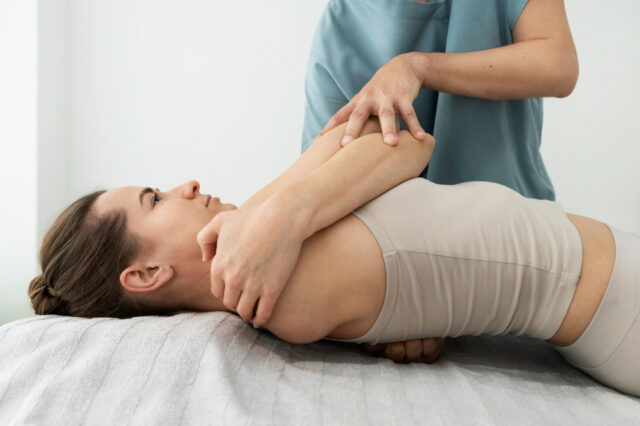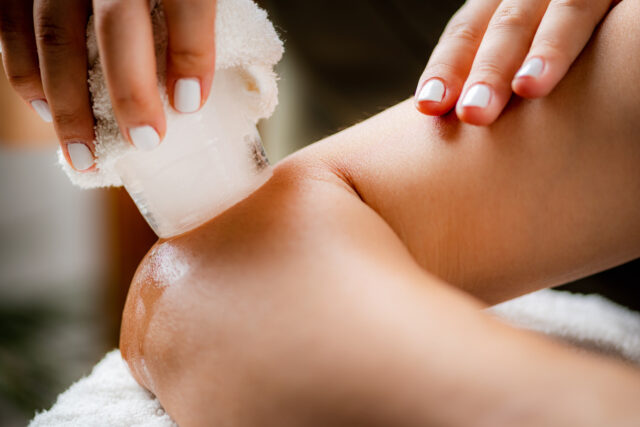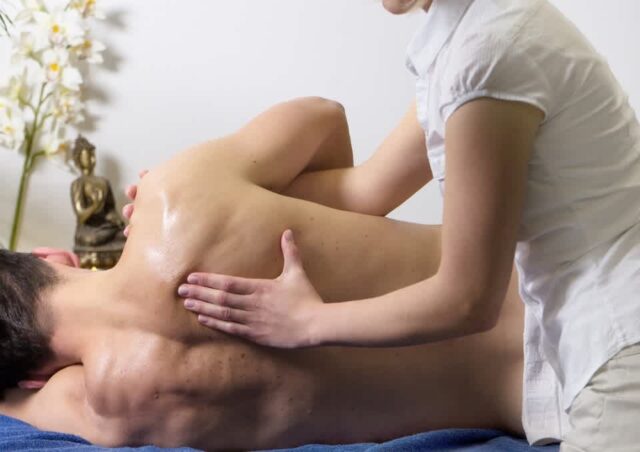
Imagine leaving a massage therapy session feeling lighter, your back pain momentarily eased, each muscle more relaxed than it’s been in years. However, as the hours pass, subtle discomfort creeps back in, leaving you to wonder if the relief was just fleeting. Post-massage soreness is a common experience, and many people are unaware that the journey to lasting relief doesn’t end when the massage does.
There are effective post-massage recovery techniques for back pain that can extend the benefits of your therapy, turning what might feel like a temporary reprieve into a more sustained escape from discomfort. Knowing how to care for oneself following a massage (마사지) is not just beneficial; it’s an essential element of any back pain management strategy.
Post-Massage Soreness and Its Causes
Post-massage soreness is a common experience that many individuals encounter following a massage session. This sensation can vary from mild discomfort to more pronounced soreness, often resembling what one might feel after an intense workout. Recognizing the factors that contribute to this experience can provide insights into the benefits of massage therapy, particularly for those seeking back pain prevention after massage.
The Normal Effects of Massage Therapy for Back Pain Relief
Massage therapy serves as an effective technique for alleviating back pain and promoting relaxation. Treatments not only target muscle tensions but also stimulate circulation and enhance overall physical wellbeing. As muscles relax and release accumulated tension, individuals often experience a sense of rejuvenation. This therapeutic effect plays a significant role in reducing muscle soreness after massage, helping clients feel revitalized despite any temporary discomfort.
Why Soreness Occurs After a Massage

Soreness can arise due to several physiological responses triggered by the manipulation of muscles. During a massage, tight or tense areas may be worked on extensively, leading to minor inflammation as muscles adapt to new levels of tension. Tracking this soreness back to the body’s healing response highlights how muscle manipulation can trigger a biochemical reaction, further enhancing massage benefits.
Individual Sensitivity and Muscle Response
The level of soreness experienced by an individual varies based on individual sensitivities and muscle responses. Factors such as hydration, fitness level, and overall physical condition play an important role in how a person reacts post-massage. Individuals who regularly engage in physical activity may find their muscles acclimate better, leading to reduced muscle soreness after massage. Understanding these differences allows for improved strategies aimed at enhancing massage benefits, particularly for individuals who prioritize back pain prevention after massage.
Post-Massage Recovery Techniques for Back Pain
Implementing effective post-massage recovery techniques can significantly enhance the benefits received from massage therapy. These strategies help mitigate back pain while maximizing massage results. Following a structured massage recovery routine ensures optimal wellness and recovery.
Heat Therapy: Soothing Sore Muscles
Applying heat to sore muscles provides a comforting relief, promoting relaxation and decreasing stiffness. Using a heating pad or warm towel can enhance blood flow, which aids in the healing process. This method serves as one of the essential post-massage aftercare tips that lead to better recovery outcomes.
Cold Therapy: Targeting Inflammation

Cold therapy serves as an effective counterbalance to heat. Applying ice packs to areas of inflammation can minimize swelling and numb sharp pain. This dual approach not only supports the relief of muscle soreness but also contributes to an overall effective massage recovery routine.
Gentle Stretching to Enhance Flexibility
Incorporating gentle stretching into the recovery process promotes flexibility and prevents tightness in muscles. Simple stretches aimed at the back can prevent future discomfort while enhancing overall movement. Consistent stretching serves to maximize massage results, ensuring lasting benefits from the therapy.
Utilizing Essential Oils for Relaxation and Relief
Diffusing essential oils such as lavender or peppermint can create a tranquil atmosphere that promotes relaxation. These oils not only aid in alleviating muscle tension but also support emotional well-being. Using them as part of a post-massage aftercare routine can enhance recovery significantly.
Rest and its Importance in Recovery
Allowing ample time for rest facilitates the body’s natural healing processes. Avoiding strenuous activities after a massage ensures that muscles have time to recover fully. Prioritizing rest is crucial to any massage recovery routine, fostering an environment for optimal recovery.
Effective Topical Treatments for Quick Relief

Topical treatments like CBD lotion or menthol gels can offer quick relief from post-massage soreness. These products can penetrate deeply into the skin, targeting specific areas of discomfort. Including them in the recovery routine can assist in maximizing massage results while providing a comforting sensation during the healing phase.
FAQ
What are effective post-massage recovery techniques for back pain?
Effective techniques include heat therapy to relax sore muscles, cold therapy to reduce inflammation, gentle stretching to improve flexibility, and the use of essential oils for relaxation. It’s also essential to prioritize rest and consider topical treatments like CBD lotion for quick relief.
Why do I feel sore after a massage?
Post-massage soreness is a common response due to the manipulation of tight muscles, which can trigger inflammation and muscle sensitivity similar to effects felt after intense workouts. Understanding this can help individuals prepare for and manage any discomfort.
How can I enhance the benefits of my massage therapy sessions?
To enhance the benefits, consider following a massage recovery routine that includes heat and cold therapy, gentle stretching, and using essential oils. Incorporating these strategies can help maximize massage results and promote overall wellness.
What should I do immediately after a massage session?
After a massage, it’s recommended to avoid strenuous activities. Instead, focus on gentle stretching, stay hydrated, and apply heat or cold therapy as needed. Resting is crucial for effective recovery and to prevent additional soreness.
Can topical treatments help with back pain after a massage?
Yes, topical treatments such as CBD lotion can provide quick relief from soreness and enhance the overall recovery process. These treatments address localized pain and inflammation, making them a valuable addition to post-massage self-care.
How do I prevent back pain after a massage?
To prevent back pain after a massage, practice proper self-care by incorporating recovery techniques like gentle stretching, hydration, and rest. Understanding your body’s response to massage and listening to its signals can also help in managing and preventing further discomfort.










